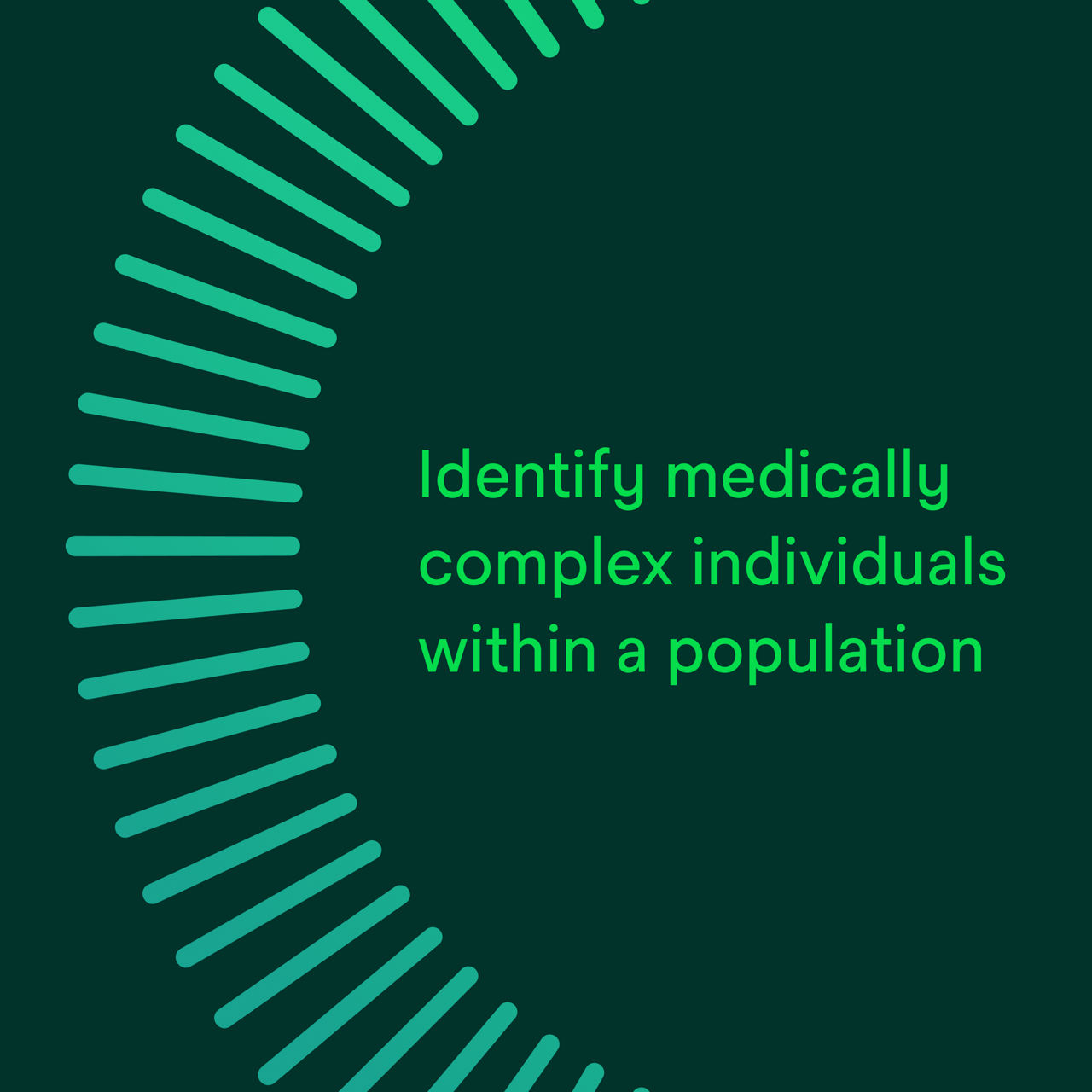The development of Solventum CRGs was greatly influenced by the success of Medicare payment for inpatient hospital care using diagnosis related groups (DRGs), first implemented in 1983. While the DRG unit of analysis is an inpatient hospital stay, the Solventum CRG unit of analysis is an individual within an identified population. Like DRGs, Solventum CRGs comprise a comprehensive set of mutually exclusive and clinically coherent groups. A fundamental distinction between the two methodologies is that DRGs classify a single encounter at a point in time while Solventum CRGs classify the individual and all of their healthcare services within an extended period of time.
A second distinction is that Solventum CRGs can be used either prospectively or concurrently. Prospectively, the Solventum CRG assignment is used to predict healthcare utilization costs for a future period that immediately follows the historical analysis data period. Concurrently, the Solventum CRG assignment reflects healthcare utilization and costs for the period concurrent with the historical analysis data period. Solventum CRGs provide healthcare planners, managers and clinicians a meaningful basis for evaluating the processes of care, the outcomes and the associated financial impacts.
As a categorical clinical model, Solventum CRGs differ from most other population risk-adjustment methodologies, which are statistical methods developed with regression analysis. Regression models produce a numeric score for each individual, but this score has minimal communication and management value. Regression models can do a good job explaining the past, but they do a poor job giving clinicians and managers actionable information needed to improve the future.
Solventum first released Solventum CRGs in 2000. The methodology was published in the prestigious journal Medical Care in 2004. In 2006, the U.S. government awarded Solventum a patent for Solventum CRGs. In 2008, New York state adopted Solventum CRGs for use in calculating capitation payment rates to Medicaid MCOs. Solventum CRG v2.0 was released in 2016, v2.1 in 2018 and v2.2 in 2021. In v2.2, there are more than 360 base CRG groups and more than 1,300 total concurrent model risk groups including severity levels (the count differs slightly depending on the prospective or concurrent models). For example, Solventum CRG 70602 is used for a person with congestive heart failure, diabetes and chronic obstructive pulmonary disease. The first digit indicates that this person is in Health Status Group 7, Dominant Chronic Disease in Three or More Organ Systems. There are 10 Health Status Groups, ranging from group 0/1 (nonuser/healthy) to group 9 for catastrophic conditions such as renal dialysis and major organ transplants. The next three digits (060) indicate that this patient has the combination of heart failure, diabetes and COPD, and may have other conditions as well. The final digit (2) indicates that of all the people in base Solventum CRG 7060, this individual is severity 2. For most chronic base Solventum CRGs, there are four or six severity levels.
For each Solventum CRG, a relative weight indicates the typical healthcare costs for this Solventum CRG relative to the average individual in the population (given the benefits covered, utilization levels and payer policies). For example, in v2.2 Solventum calculated a Solventum CRG 70602 relative weight in a Medicare population, indicating that individuals in this Solventum CRG for that population are more expensive than average. We should note that Solventum CRG licensees are responsible for choosing or calculating Solventum CRG relative weights as appropriate for their population and purpose. (Solventum consultants are available to assist licensees with Solventum CRG analysis.)
With more than 1,300 individual Solventum CRGs compared with as few as 10 Health Status Groups, Solventum CRGs are very flexible. To enable analysts and other licensees to fit the Solventum CRG methodology to their specific needs, Solventum provides three levels of aggregated Solventum CRGs (ACRGs). Each level provides fewer categories while maintaining key clinical detail and severity information.
Solventum CRG clinical logic is maintained by a team of Solventum clinicians, data analysts, nosologists, programmers and economists. The logic is proprietary to Solventum but is available for licensees to view in an online definitions manual. The classification system is updated annually to reflect changes in the standard diagnosis and procedure code sets as well as Solventum enhancements to the Solventum CRG clinical logic.








